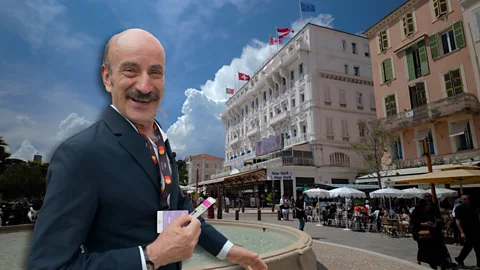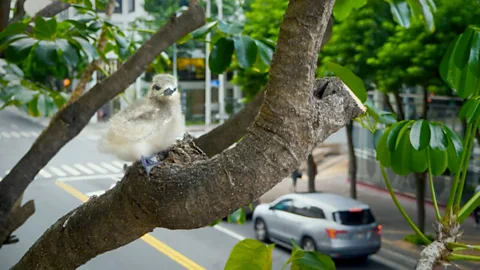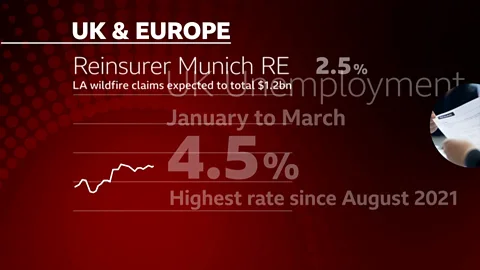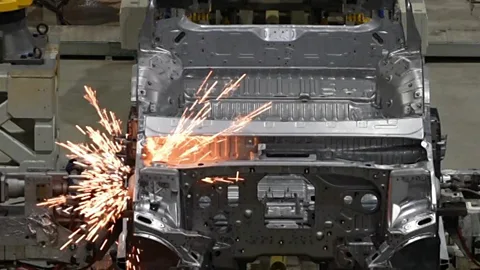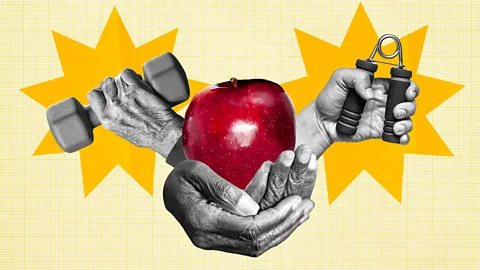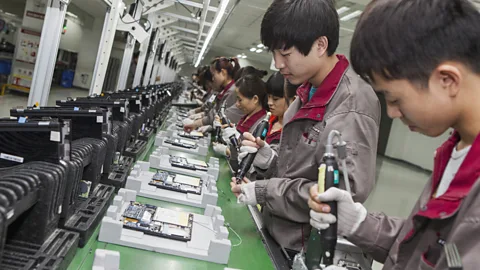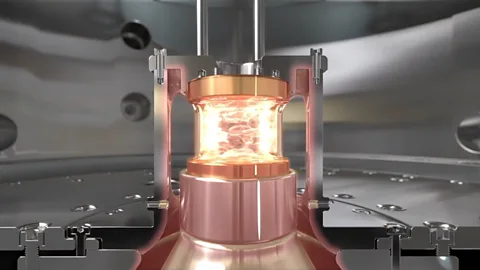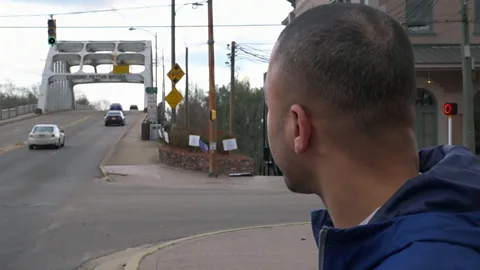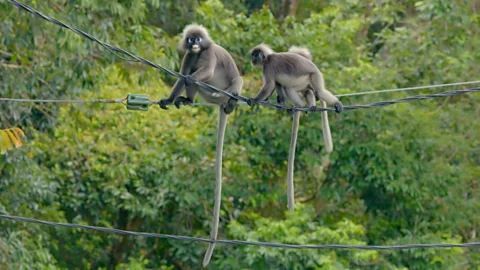Japan's testbed for future sustainability
Japan's biggest-ever earthquake in 2011 caused a tsunami - and the Fukushima Daiichi nuclear plant went into meltdown. The devastation displaced over a hundred and 50,000 people and many never returned.
Soma, in the north of the region, is a place rebuilt to entice populations back to the area - and it has unrivalled green credentials.
The Soma project serves as a testbed of sustainable ideas which could be rolled out across Japan - and around the world.
Tech-loving traveller Paul Carter is in Japan to find out more.

